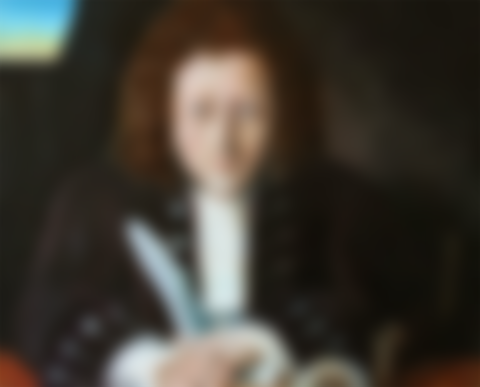Biography of Robert Hooke
Physicist, Academic, Scholar, Scientist (1635-1703)
Robert Hooke worked for scientists in the 17th century in England under the name "Renaissance Man", which included areas such as astronomy, physics and biology.

Summary
Born in Mr. Ware on the Isle of Wight in England in 1635, scientist Robert Hooke was educated at Oxford and spent his career at the Royal Society and Grassham College. Alive in his research and from astronomy to physics; He uses a microscope and is specifically recognized for the observations he made for the “law of hooks” of elasticity.
★ Early life and education
Robert Hooke was born on July 16, 1835, in the town of Freshwater in the Isle of Wight, England. His father was John Hooke, who served as the curator of the local church parish, and Castle (Blue Giles) Hooke.
Initially a sick child, Hooke may have been a quick beginner who was interested in painting and skills in making mechanical toys and models. After the death of his father in 1648, 13-year-old Hooke was sent to London to train with painter Peter Lowley. This connection turned into a brief one, and he instead went to study at Westminster School in London.
In 1653, Hooke enrolled at Christ Church College in Oxford, where he supported his small fund by working as an assistant to scientist Robert Boyle. While studying subjects from astronomy to chemistry, Hooke also made influential friends, such as future architect Christopher Wren.
Teaching, research and other professions
Hooke was appointed to the examination of the newly formed Royal Society in London in 1662, he received a post with Bell's support. Huche became a colleague of the society in 1663.
Unlike some of the most flamboyant scientists he has sincerely associated with Hawke, he needs an income. In 1665 he became professor of geometry at Gresham College in London. In 1666, the "Great Fire" destroyed much of London, and the city of Hooche became a surveyor. Working with Wren, he assessed damage and redesigned many of London's streets and public buildings.
Major discovery and achievement
True polymath, topics covered by Hooke during his career include comets, speed of light, rotation of Jupiter, gravity, human memory, and aerial features. In all his research and demonstrations, he followed the scientific method of experimentation and observation. Hooke uses the most up-to-date equipment in many of his projects.
Hooker's most important publication was microphography, using them made with a microscope in volume 1665. In this brilliant study, he coined the term "cell" while discussing the structure of cork. He also described deserts, feathers, and snowflakes, as well as fossils that were once properly identified as remnants of living things.
Hooke Spring's Lecture 1678 publication shares his theory of resilience; Known as the "law of hooks", he said that the force required to extend or compress a spring is proportional to the distance of extension or compression. An ongoing, related project, Huche worked for many years in inventing a spring-controlled watch.
Personal life and honor
I never married Hooke. His servant, Grace Hook, was his longtime home companion and shepherd and his last lover died in 1687; There was a sense of loss in Huche.
Hooker's career was interrupted by arguments with other prominent scientists. He often clashed with fellow Englishman Isaac Newton over a 1686 debate over Hooke's possible influence on Newton's famous book Principia Mathematica.
★ Last life
In the last year of his life, Hooke has to deal with the symptoms that can cause diabetes. He died in London on March 3, 1703 at the age of 67.

Robert Hooke is famous parson in scientist world's... Good writing